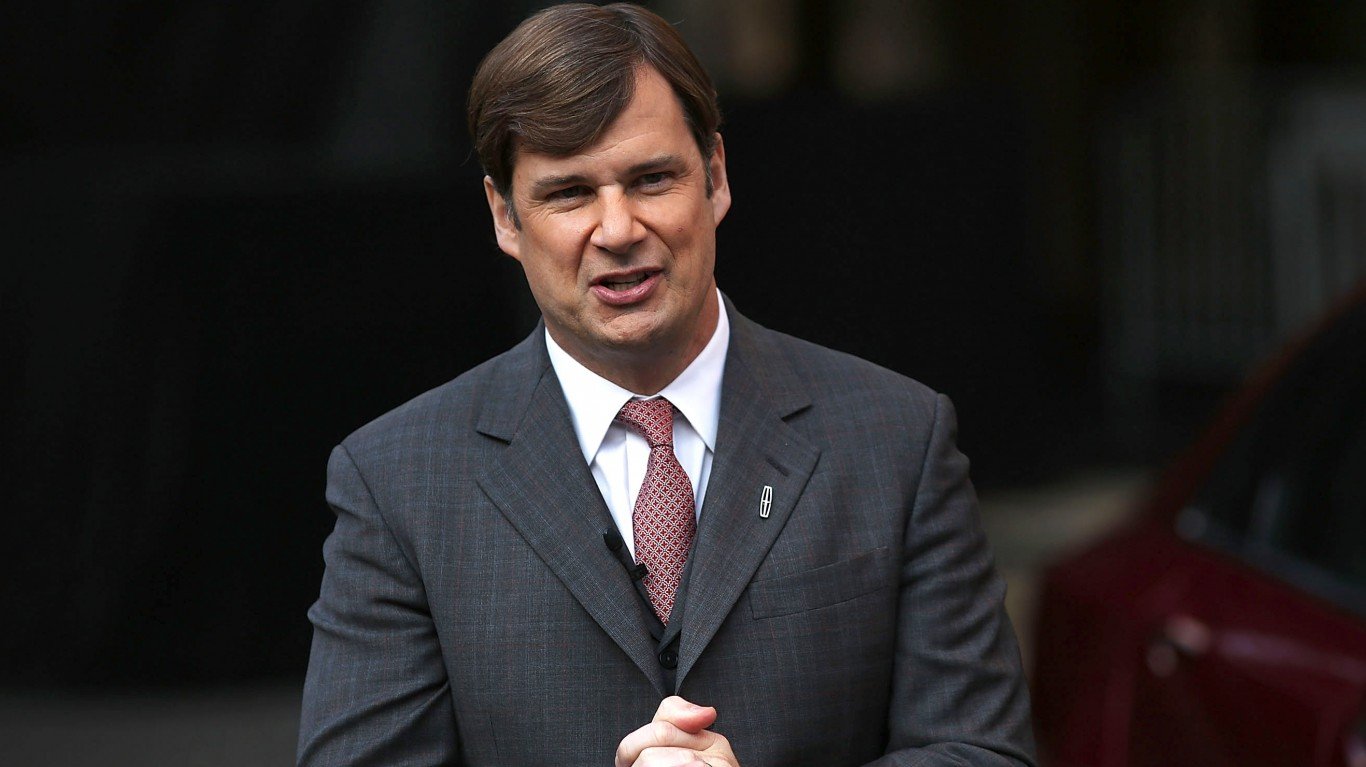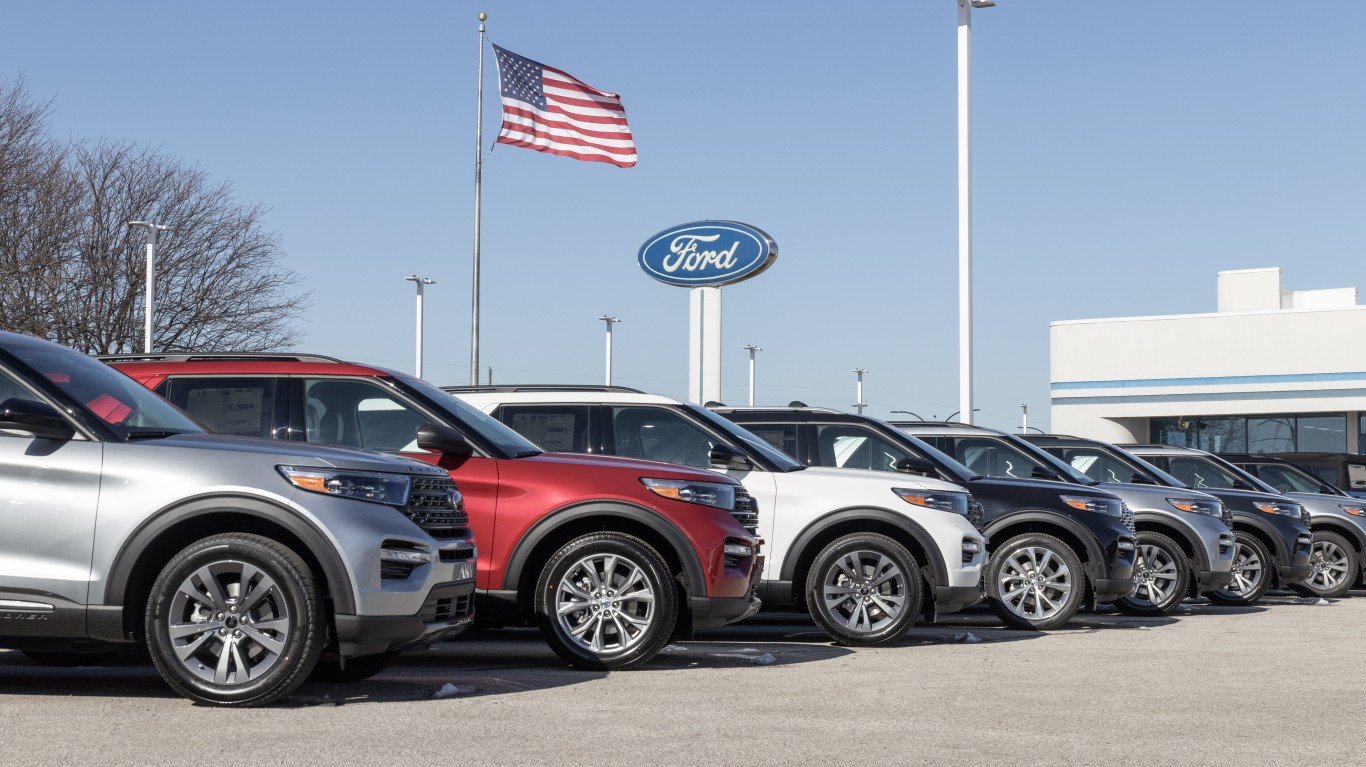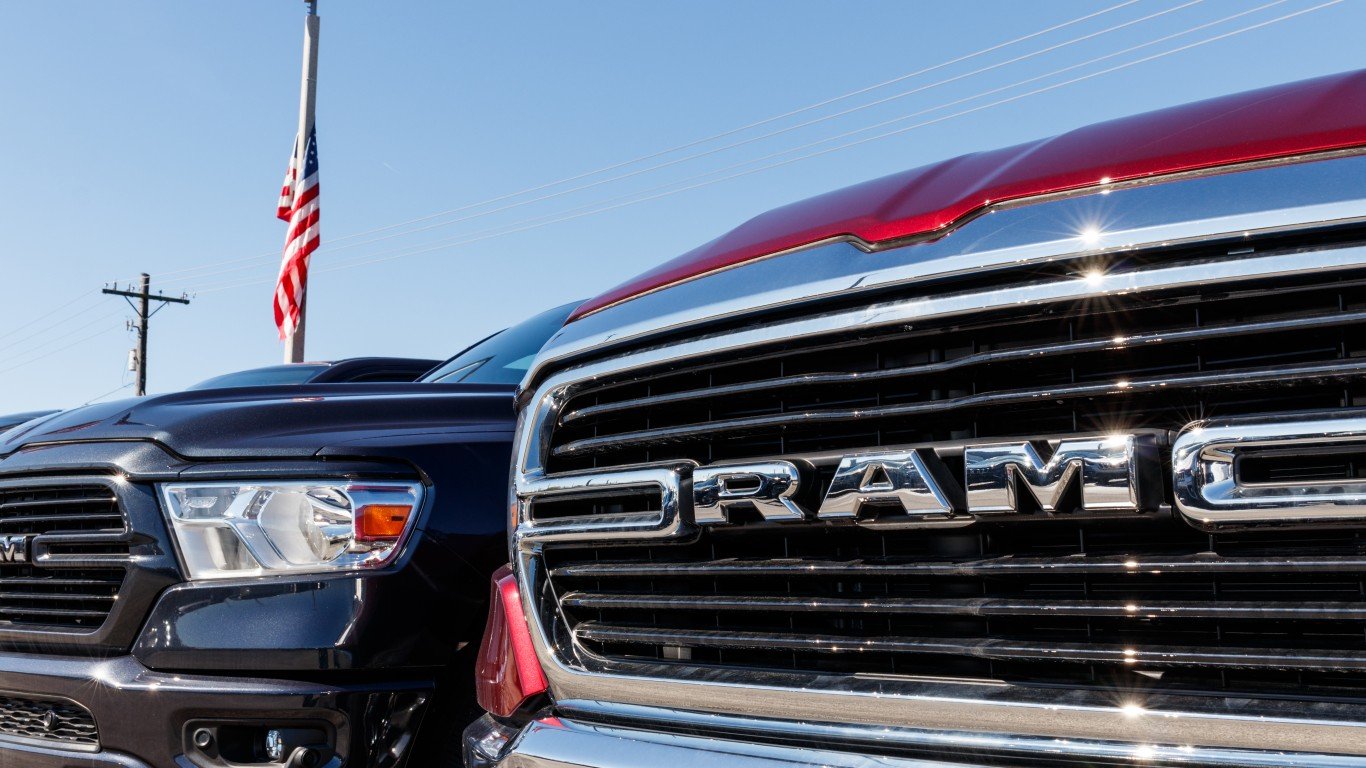

Ford Motor Co. (NYSE: F) made two announcements in the past few weeks. On July 13, the car company said it would release a new version of its iconic Bronco, meant to some extent to go up against successful Jeep models. On August 4, it pushed out unpopular Chief Executive Jim Hackett and replaced him with an insider, Chief Operating Officer Jim Farley. Neither notice registered with investors. Ford’s shares are up only 3% in a month, slightly less than the S&P 500.
The Ford announcements were meant to reinforce the message that it would accelerate its plans to transform the company from an old fossil fuel manufacturer to one that would join the industry’s migration into autonomous and electric vehicles. Farley said he would move Ford into a “new era,” something Hackett was unable to do.
The drawback of the two announcements is that neither was really a sign of a change at Ford. The Bronco will run on EcoBoost engines and not an electric engine platform. Based on the engine configuration, the Bronco is not even likely to get good gas mileage. One estimate is that it will get 21 miles per gallon in the city and 26 mpg on the highway. The Bronco will not drive itself, even to a most modest degree. This model represents the old Ford and not a new one. It is meant to drive unit sales, not be transformative.
Farley is part of Ford’s old guard management. He has been with the company for 13 years and was named chief operating officer in February. It is worth noting that the only successful CEO that Ford has had since William Clay Ford Jr. became board chair and the family’s representative in 1999 was Alan Mullaly, an industry outsider and former Boeing executive. Mulally served from September 2006 to July 2014. The period was Ford’s modern Golden Age.
Ford has not accelerated in any meaningful way toward the restructuring Hackett set as he became CEO. It is not considered in the vanguard, or even close, of the industry’s sprint into autonomous and electric cars. One remarkable sign of this is that Ford’s market cap of $27 billion compares to the much smaller electric car company Tesla, which has a market value of $373 billion.
A new CEO and new rugged sport utility vehicle were meant to show that Ford had renewed its push toward a better future. On Wall Street, at least, neither moved the needle.
Thank you for reading! Have some feedback for us?
Contact the 24/7 Wall St. editorial team.
 24/7 Wall St.
24/7 Wall St.


